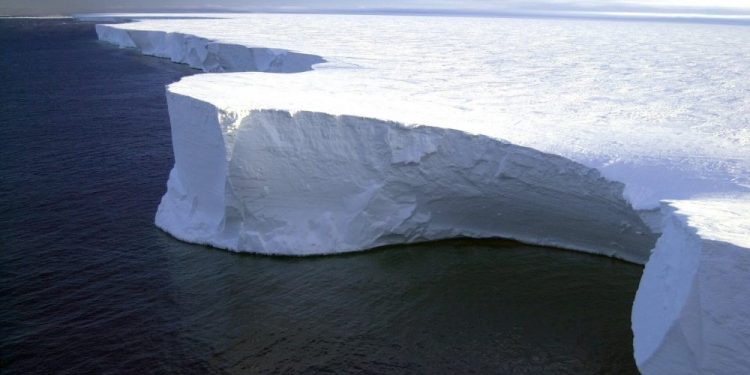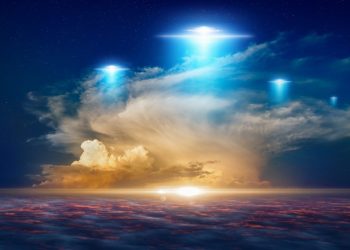Some 66 million years ago, Antarctica was a different place. Instead of Ice, lush forests covered most of its surface, and the icy desert we see today was inhabited by countless ancient species, most of which are entirely gone now.
During a period known as the Cretaceous, a massive ancient reptile laid a football-sized egg.
Although the egg contents are long gone, its fossilized soft shell survived to tell the story. According to experts, the enigmatic egg was likely laid by a giant marine reptile known as a mosasaur.
A Football-sized Egg
“It is most similar to the eggs of lizards and snakes, but it is from a truly giant relative of these animals.”
“It is from an animal the size of a large dinosaur, but it is completely unlike a dinosaur egg,” explained lead author Lucas Legendre, a postdoctoral researcher at the University of Texas Austin’s Jackson School of Geosciences,” in a statement.
The existence of the fossilized eggs helps us better understand Antarctica and the animals called it home during the Cretaceous. Previously, scientists believed that gigantic marine reptiles were not capable of laying eggs.
However, the recently found fossilized softshell in Antarctica redefines our understanding of Antarctica’s ancient inhabitants since “nothing like this has ever been discovered.”
Although the discovery has made headlines recently, the fossilized shell was discovered nearly ten years ago. It remained unlabeled and forgotten in the Chilean National Museum of Natural History, and experts referred to the almost 30-centimeters stone-like fossil as “the thing.”
 An illustration showing the fossilized egg, its parts, and the relative size compared to a human. Image Credit: Legendre et al. (2020).
An illustration showing the fossilized egg, its parts, and the relative size compared to a human. Image Credit: Legendre et al. (2020).
Eventually, the fossilized “thing” reignited the interest of scientists who decided to study it closer. They pierced through the egg’s ancient membranes with state-of-the-art microscopes and determined it was, in fact, an egg. The scientists only then understood that the visibly collapsed and folded fossilized “thing” was part of one of the largest eggs that have even been described in Antarctica.
It is only second to the elephant bird’s egg, laid by elephant birds, large flightless birds that once lived on Madagascar. It is believed that these creatures became extinct sometime around 1000–1200 CE, probably due to human activity.
An egg resembling those of reptiles
The Antarctic egg resembles the eggs laid by reptiles such as lizards and snakes, which suggests that the egg develops inside the mother, hatching immediately after being laid.
“Such a large egg with a relatively thin eggshell may reflect derived constraints associated with body shape, reproductive investment linked with gigantism, and lepidosaurian viviparity, in which a ‘vestigial’ egg is laid and hatches immediately,” write the authors in a study published in Nature.
The egg analyzed by experts is believed to have hatched tens of millions of years ago, so whatever hatched from it is long gone by now. Knowing what laid the egg with certainty is difficult, but researchers compared some 259 living reptiles to understand it better to see what the fossilized egg bears a resemblance to.
By comparing the egg and different body types of reptiles, the researchers concluded that the animal that laid the egg measured 6 meters from one end to the other, not including the creature’s tail.
Scientists believe that it is very likely that the egg was laid by an ancient marine reptile known as a mosasaur. Nonetheless, there’s a chance that the egg was laid by a yet-unidentified dinosaur.
The location where the eggshell was found can also help scientists discover what creature laid the egg. The eggshell was found in an area where widespread skeletons of both baby and adult mosasaurs and plesiosaurs.
Join the discussion and participate in awesome giveaways in our mobile Telegram group. Join Curiosmos on Telegram Today. t.me/Curiosmos











